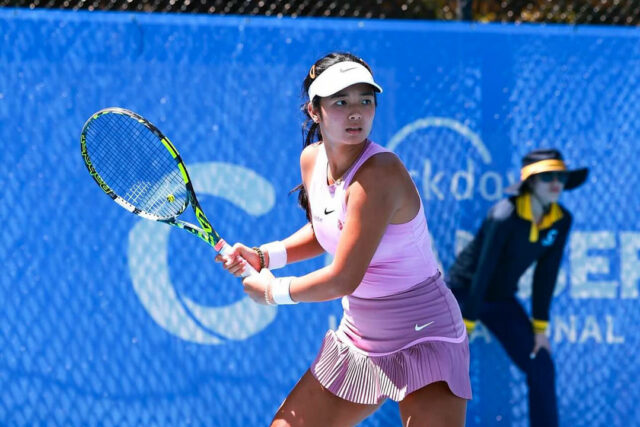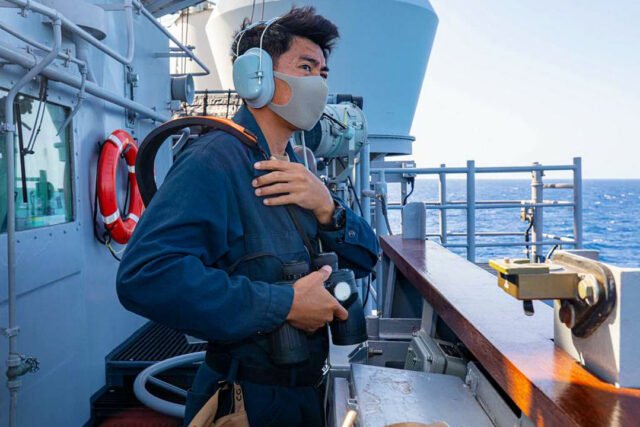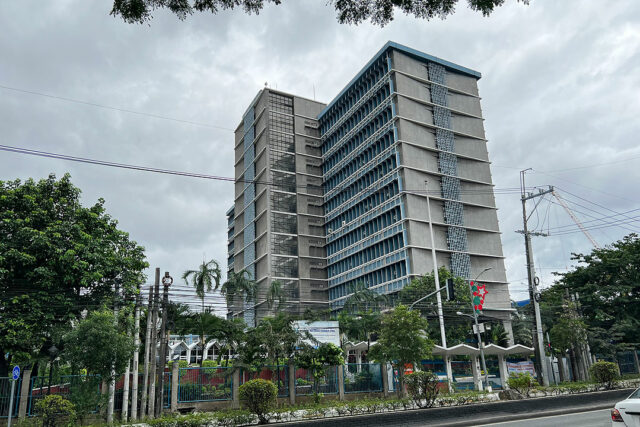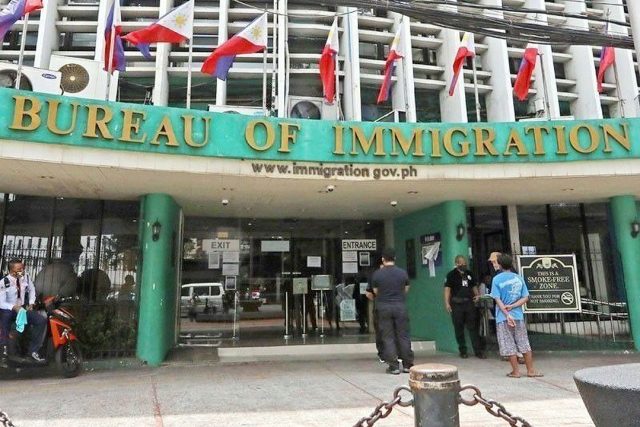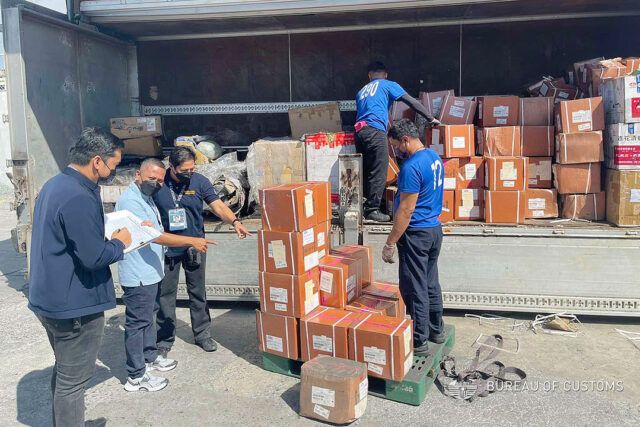By Kyle Aristophere T. Atienza, Reporter
CHINA’S biggest coast guard vessel has left the Philippines’ exclusive economic zone (EEZ) in the South China Sea and was set to be replaced by another ship, the Philippine Coast Guard (PCG) said on Wednesday.
The PCG has tracked China Coast Guard (CCG)-3103, which left Guangdong Province on Tuesday and was heading directly to the previous location of China’s “monster ship” CCG-5901, it said in a statement.
CCG-3103 was detected by Canada’s dark vessel detection system at 60 nautical miles from Pundaquit, Zambales province north of the Philippine capital as of 3 p.m. on Jan. 8. “This indicates that CCG-3103 is likely serving as a replacement vessel for the monster ship, thereby sustaining its illegal presence within the Philippines’ exclusive economic zone.”
The “monster ship” left the coastline of Zambales and was about 90 nautical miles offshore, the Philippine Coast Guard said.
“The China Coast Guard conducts intrusive patrols within its neighbors’ EEZ in order to normalize its claims of sovereignty and jurisdiction over their waters,” Raymond M. Powell, a fellow at the US-based Gordian Knot Center for National Security Innovation, said in an X message.
“Huang Yan Dao (Scarborough Shoal) is China’s territory,” the Chinese Embassy in Manila told reporters in a Viber group chat. “The China Coast Guard conduct its patrols and law enforcement activities in relevant waters in full accordance with the law.”
PCG Commandant Admiral Ronnie Gil L. Gavan ordered the deployment of the PCG Islander to the area, where it has confirmed the presence of CCG-3103 operating near the area previously occupied by the monster ship.
“Additionally, the PCG vessel BRP Cabra is currently heading towards the location of CCG-3103 to monitor and challenge its presence.”
On Tuesday evening, the Philippine Coast Guard said a People’s Liberation Army Navy helicopter had hovered above its ship that was monitoring China’s biggest coast guard vessel, which had loitered within the Philippine EEZ since Sunday.
“Despite the PCG’s efforts to address the illegal presence of the CCG vessel through measured law enforcement operations, the People’s Republic of China has provocatively deployed a People’s Liberation Army-Navy helicopter, tail number 47, which hovered above the PCG vessel,” it said in a separate statement.
Mr. Gavan had ordered the PCG “to remain unthreatened and to refrain from actions that could escalate tensions.”
“The Philippine Coast Guard remains resolutely committed to safeguarding our sovereign rights and will not allow the presence of the Chinese Coast Guard vessel to infringe upon our maritime jurisdiction,” it added.
‘BEIJING’S MESSAGE’
The PCG on Sunday said it had promptly dispatched the 44.5-meter BRP Cabra after detecting China’s “monster ship” using Canada’s dark vessel detection system.
At that time, the Chinese ship was positioned 54 nautical miles off the coast of Capones Island, Zambales north of the Philippine capital.
Executive Secretary Lucas P. Bersamin, who heads the National Maritime Council, earlier on Tuesday said the government views the monster ship’s presence “with concern.” “The Coast Guard, our Coast Guard, has always been very alert in following up the presence of that monster ship.”
“The monster ship, which is the largest coast guard ship in the world, was designed specifically to intimidate and coerce China’s neighbors into submission,” Mr. Powell said. “Beijing’s message to those countries is to accept the inevitability of its supremacy.”
Josue Raphael J. Cortez, a diplomacy instructor at De La Salle-College of St. Benilde’s School of Diplomacy and Governance, said it is highly doubtful that China is not aware that the ship was loitering in the Philippines’ backyard.
“This gesture exerts further pressure on our end, and we can say that China is doing it in light of the fact that our Western allies, particularly the US, will soon have its transition towards a new regime,” he said in a Facebook Messenger chat.
He cited the “big possibility” that American presence in the Indo-Pacific region “would continue to increase.” “It is something that they do not want, of course, given the ironclad commitment of the US to us.”
US President-elect Donald J. Trump during his first term as president promoted the concept of a “free and open Indo-Pacific region” at the Asia-Pacific Economic Forum in the Philippines in 2017.
Outgoing US President Joseph R. Biden has widely supported the concept, launching the Indo-Pacific Economic Framework in 2022 with a dozen initial partners.
The Philippines joined the informal economic grouping in the same year and signed a supply-chain agreement along with other members in 2023.
“We can expect growing tensions once Trump takes his oath as America’s chief executive,” Mr. Cortez said. “China will do everything in its power to test, not just the Philippines, but more importantly our allies who rally behind us in this matter.”
Joshua Bernard B. Espeña, who teaches international relations at Polytechnic University of the Philippines, said the scenario “demonstrates a clear picture that the gray zone has gone darker than last year.”
“That China is civilianizing the area is contrary to the fact of its quick deployment of People’s Liberation Army Navy assets in a dangerous maneuver using rotary wing craft used for anti-ship operations,” he said via Messenger chat.
“This also shows how vast the area the People’s Liberation Army (PLA) covers, as such wing capability is compatible with frigates and destroyers,” he said. “So, the PLA has already maximized all possible berthing areas and ports in its occupied areas of the West Philippine Sea.”
The PCG on Wednesday said its leadership fully supports Philippine President Ferdinand R. Marcos, Jr.’s stance not to surrender “a square inch of our territory to any foreign power.” — with John Victor D. Ordoñez

